Crops
-
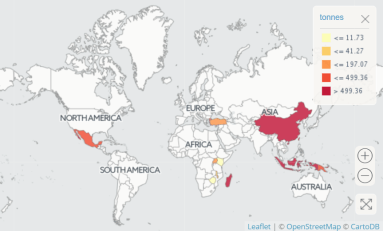
Producers are always looking for new crops to add to their basket of products to enhance profits and reduce risks from weather, pests, and other invasive species. Here is an interesting article from Vegetable and Specialty Crop News about the potential for commercial development of vanilla in south Florida. Normally it is grown in the…
-
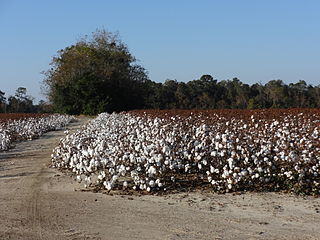
Here’s a really interesting story by Brad Haire of Southeast Farm Press on some farmers’ work to turn a pine forest into a productive cotton field. The climate plays a factor in the story as they were aided (and sometimes impacted) by the dry conditions caused by the 2016 drought across the Southeast. You can…
-
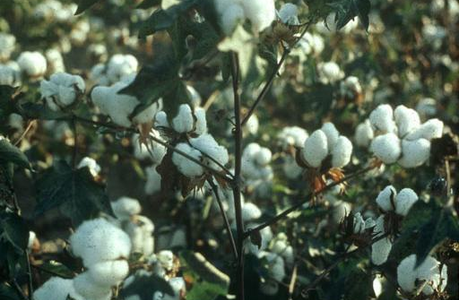
Southeast AgNet Radio network posted a story today noting that in spite of some weather challenges this year, Alabama cotton yields are expected to be the third highest in history. Other crops also did well, although farmers were hurt by low prices for those crops. You can read more at https://southeastagnet.com/2017/12/19/alabama-cotton-yields-third-highest/.
-
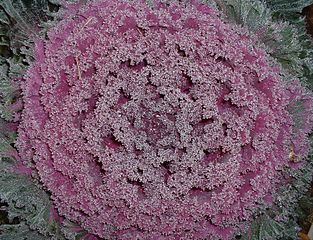
Can you grow vegetables and other crops in winter? Well, of course it depends on where you are, since in south Florida you never experience frost and things grow all year. But for most of the Southeast, at some point you will experience freezing temperatures, which will limit your growing season. Modern Farmer has an…
-
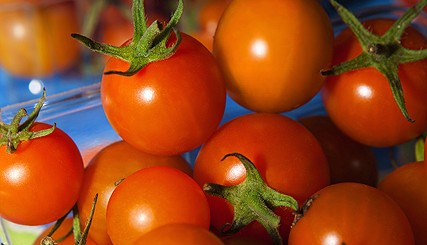
The Packer reported this week that after some major hassles with the start of the Florida tomato crop, producers are slowly catching up with usual amounts. And with the price much higher than last year, they are reaping the benefits. The tomato season was slowed by Hurricane Irma’s destructive path across the state, but where…
-
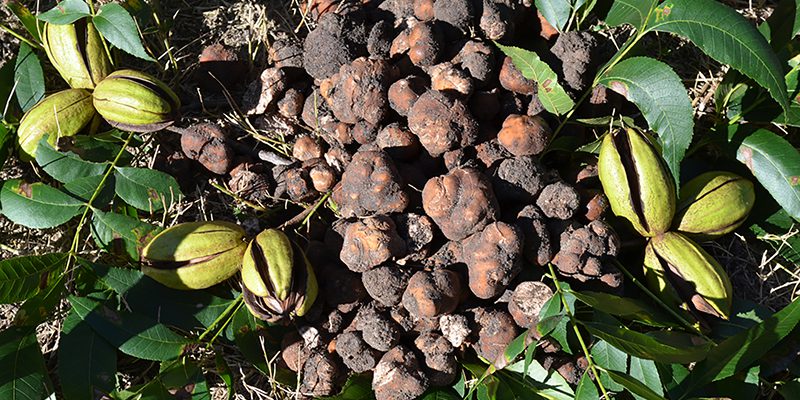
A recent news release from the University of Georgia College of Agricultural and Environmental Sciences described the efforts of Dr. Tim Brenneman to introduce the production of truffles to Georgia pecan orchards. You’ve probably heard of the fancy European truffles that are used to flavor foods like risotto, but may not know that the roots…
-

While I know that quite a few soybeans have already been harvested according to the Weekly Crop Progress report from USDA, I still thought this article from AgWeb on drying rates for soybeans was worth looking at because of the dependence of the rates on weather factors like temperature and humidity. Maybe you will find…
Posted in: Crops